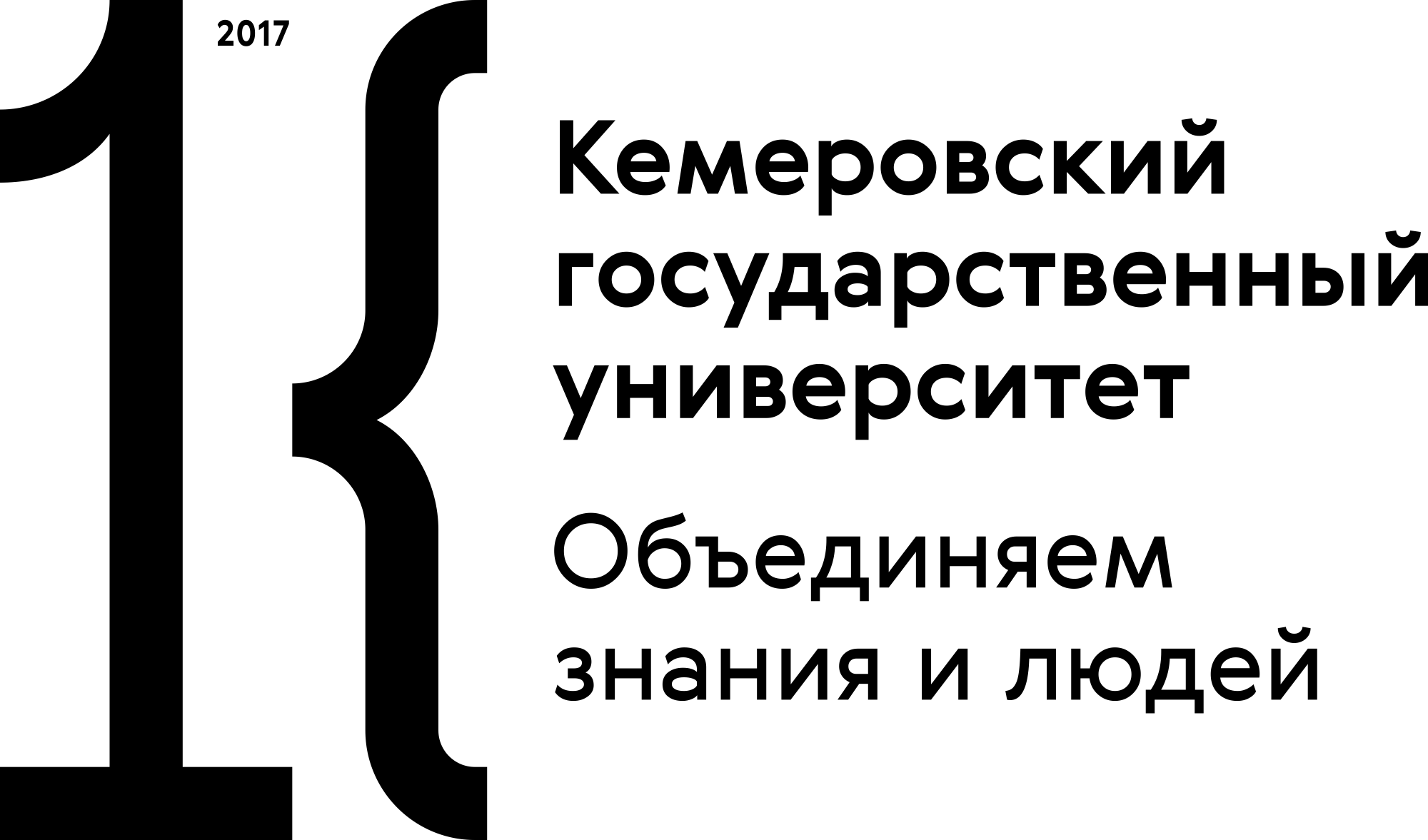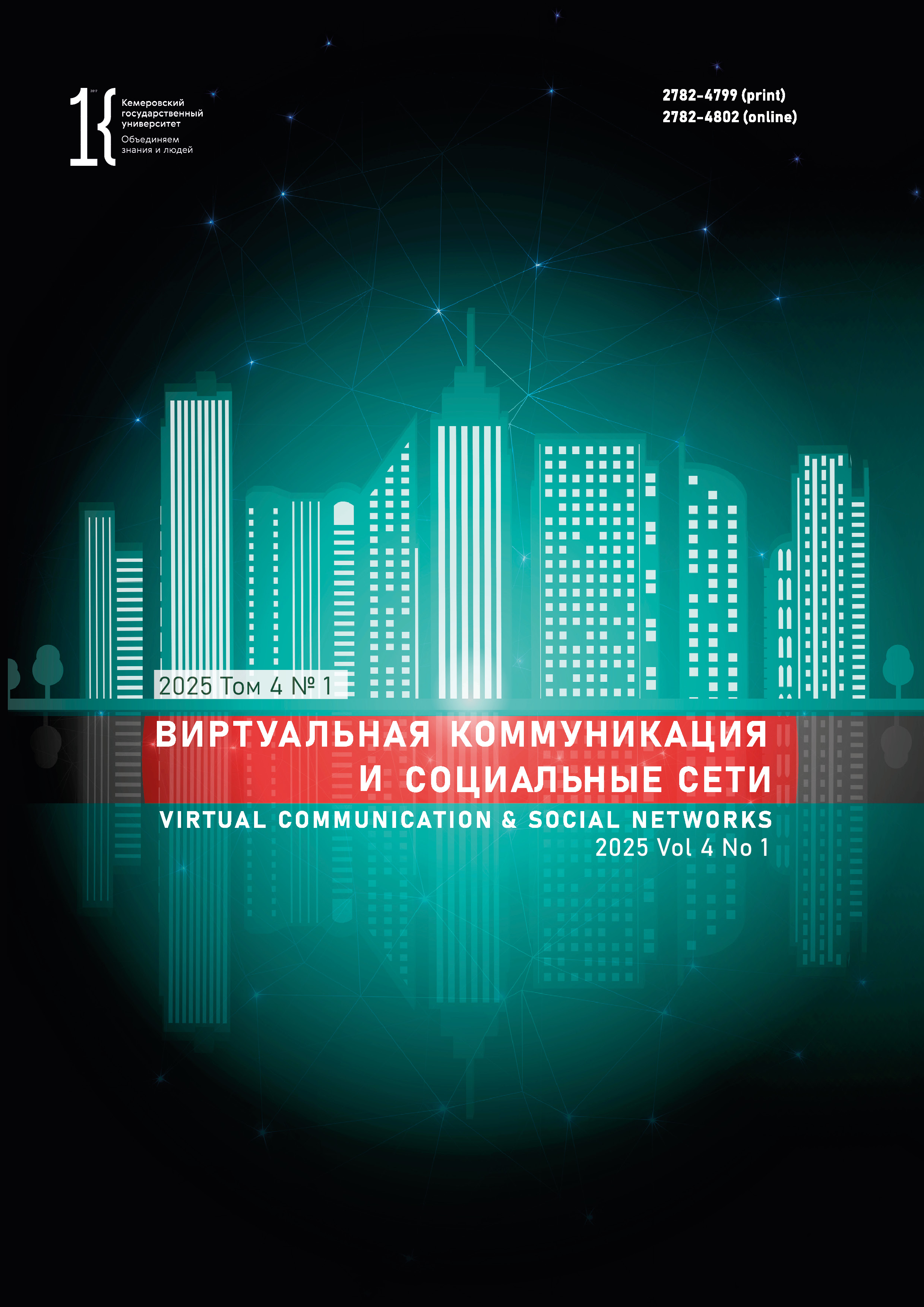Permskiy gosudarstvennyy nacional'nyy issledovatel'skiy universitet
Minsk, Belarus
Perm, Russian Federation
Perm, Russian Federation
This paper is devoted to the study of the role of color in the objectification of mental representations of geographic space in the mental map form. It also examines the influence of color tradition associated with a geo-object on the structural-semantic organization of its geoconcept. The relevance of this research is due, on the one hand, to the contemporary cognitive scientific interest in mental space representations, and, on the other, to the investigation of the functions of sensory information in the organization and objectification of these representations. The research methodology involves a multi-stage process, including: (a) the collection of digital mental maps, carried out with the web application "Creative Map Studio"; (b) the preprocessing analysis and visualization of respondents’ color associations using Python and its libraries; (c) the semantic analysis of the textual layer of mental maps and the construction of graph-semantic models of geoconcepts. The study is based on 247 mental maps of China collected in 2019–2024 in Chinese universities. With the new empirical material, the paper statistically confirms the structure-forming functions of color in the organization of geo-mental representations of space, revealing a statistically significant relationship between the number of used color shades and the volume structural information in the mental maps. In addition, the study supports the hypothesis that color has a natural clustering function in the structural-semantic organization of geoconcepts (as exemplified by the geoconcept of Shanghai).
mental map, geoconcept, geo-object colorimetry, semantic field, graph-semantics, clustering
1. Aram F., Solgi E., Higueras García E., Mohammadzadeh S. D., Mosavi A., Shamshirband S. Design and validation of a computational program for analysing mental maps: Aram mental map analyzer. Sustainability, 2019, 11(14). https://doi.org/10.3390/su11143790
2. Bláha J. D., Štěrba Z. Colour contrast in cartographic works using the principles of Johannes Itten. The Cartographic Journal, 2014, 51(3): 203–213. https://doi.org/10.1179/1743277414Y.0000000084
3. Bramão I., Faísca L., Forkstam C., Reis A., Petersson K. M. Cortical brain regions associated with color processing: An FMRI study. The Open Neuroimaging Journal, 2010, 4: 164–173. https://doi.org/10.2174/1874440001004010164
4. Chumakov R. V., Ryabinin K. V., Belousov K. I., Duan J. Creative map studio: A platform for visual analytics of mental maps. Scientific Visualization, 2021, 13(2): 79–93. https://doi.org/10.26583/sv.13.2.06
5. Fritch H. A., Thakral P. P., Slotnick S. D., Ross R. S. Distinct patterns of hippocampal activity associated with color and spatial source memory. Hippocampus, 2021, 31(9): 1039–1047. https://doi.org/10.1002/hipo.23368
6. Furbee N. L., Maynard K., Smith J. J., Benfer R. A., Quick S., Ross L. The emergence of color cognition from color perception. Journal of Linguistic Anthropology, 1996, 6(2): 223–240. URL: http://www.jstor.org/stable/43103173 (accessed 10 Feb 2025).
7. Hafting T., Fyhn M., Molden S., Moser M.-B., Moser E. I. Microstructure of a spatial map in the entorhinal cortex. Nature, 2005, 436: 801–806. https://doi.org/10.1038/nature03721
8. Hao G. The aesthetics of color in China: From lotus bud to jasper of the celestial waters. Moscow: MIF, 2024, 360. (In Russ.)
9. Jinzhzhi D., Zelianskaia N. L. Digital measurement of "Naive" geography and the modeling of geoconcepts. Cognitive Studies of Language, 2022, (3): 558–562. (In Russ.) https://elibrary.ru/pbghyg
10. Kalutskov V. N. Three foundations of geographic onomastics: Toponym – place name – geoconcept. Socio- i psiholingvisticheskie issledovanija, 2015, (3): 7–13. (In Russ.) . https://elibrary.ru/vlfgeh
11. King T. D. Human color perception, cognition, and culture: why red is always red. Processing, Hardcopy, and Applications, 2005, 5667: 234–242. https://doi.org/10.1117/12.597146
12. Lambiotte R., Delvenne J.-C., Barahona M. Laplacian dynamics and multiscale modular structure in networks. IEEE Transactions on Network Science and Engineering, 2015, 1(2): 76–90. https://doi.org/10.48550/arXiv.0812.1770
13. Meng P. Language and culture comparative study of three primary colors in English and Chinese idioms and usual expressions from the perspective of metaphorical cognition. Proceedings of the 2021 International Conference on Education, Language and Art (ICELA 2021): Proc. Conf. Amsterdam: Atlantis Press SARL, 2022, 241–245. https://doi.org/10.2991/assehr.k.220131.044
14. Moore C., Romney A. K., Hsia T.-L. Cultural, gender, and individual differences in perceptual and semantic structures of basic colors in Chinese and English. Journal of Cognition and Culture, 2002, 2(1): 1–28. https://doi.org/10.1163/156853702753693280
15. Muramatsu S. Demon city / Magic city. North Charleston: Independently published, 2023, 102.
16. Niem T. H., Sean T. D. Digital sketch-map drawing as an instrument to collect data about spatial cognition. Cartographica, 2007, 42(4): 285–296. https://doi.org/10.3138/carto.42.4.285
17. Saarinen T. F. Centering of mental maps of the world. National Geographic Research, 1988, 4(1): 112–127.
18. Saarinen T. F., MacCabe C. The world image of Germany. Erdkunde, 1990, 44(4): 260–267. https://doi.org/10.3112/erdkunde.1990.04.02
19. Schwering A., Wang J., Chipofya M., Jan S., Li R., Broelemann K. SketchMapia: Qualitative representations for the alignment of sketch and metric maps. Spatial Cognition & Computation, 2014, 14(3): 220–254. https://doi.org/10.1080/13875868.2014.917378
20. Wichmann F. A., Sharpe L. T., Gegenfurtner K. R. The contributions of color to recognition memory for natural scenes. Journal of Experimental. Psychology: Learning, Memory, and Cognition, 2002, 28(3): 509–520. https://doi.org/10.1037/0278-7393.28.3.509
21. Zelianskaia N. L., Belousov K. I., Galinskaia T. N., Ichkineeva D. A. Naive geography: Geoconceptology and topology of geomental maps. Heliyon, 2020, 6(12). https://doi.org/10.1016/j.heliyon.2020.e05644
22. Zelianskaia N., Belousov K., Ichkineeva D. Naive geography and geopolitical semiotics: The semiotic analysis of geomental maps of Russians. Semiotica, 2017, 2017(215): 235–253. https://doi.org/10.1515/sem-2016-0231
23. Zhang C., Golovnya A. I. Representation of the color designation system in the Chinese language. Karpov scientific readings: Proc. Conf., Minsk, 14–15 Mar 2014. Minsk: Belorusskij Dom pechati, 2014, iss. 8, pt. 2, 135–138. (In Russ.)


















